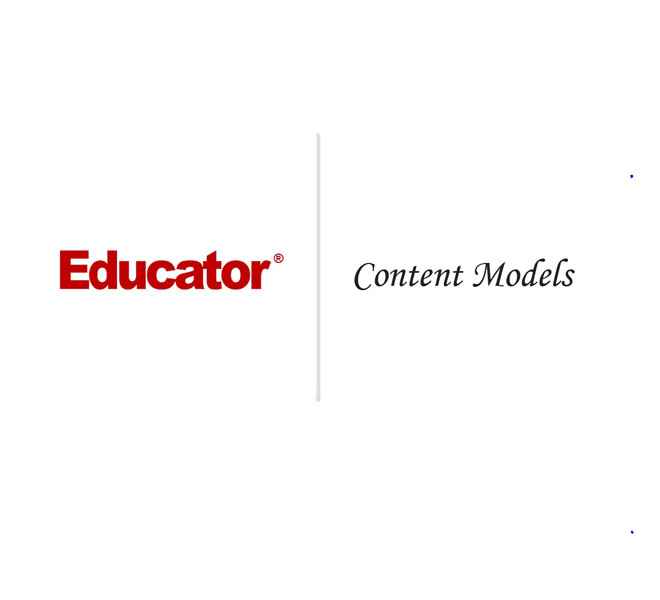Connecting...

This is a quick preview of the lesson. For full access, please Log In or Sign up.
For more information, please see full course syllabus of HTML
For more information, please see full course syllabus of HTML
HTML Content Models
Lecture Description
In this lesson our instructor talks about content models for HTML 4.01 and HTML5. He then talks about flow content, sectioning content and heading content. He finishes the lesson by examining phrasing content, embedded content, and interactive content.
Bookmark & Share
Embed
Share this knowledge with your friends!
Copy & Paste this embed code into your website’s HTML
Please ensure that your website editor is in text mode when you paste the code.(In Wordpress, the mode button is on the top right corner.)
×
Since this lesson is not free, only the preview will appear on your website.
- - Allow users to view the embedded video in full-size.
Next Lecture
Previous Lecture
















































0 answers
Post by David L on March 15, 2012
It made sense! Thanks for the video. But i think the words are self defining so it might be confusing for some.
2 answers
Wed Nov 16, 2011 11:47 AM
Post by John Recher on August 24, 2011
I was almost completely lost on this lesson. Had no problems with the rest, but this one seemed contradictory and confusing. I can only trust that it will be as intuitive as the very capable lecturer says it will be toward the end of the lesson.